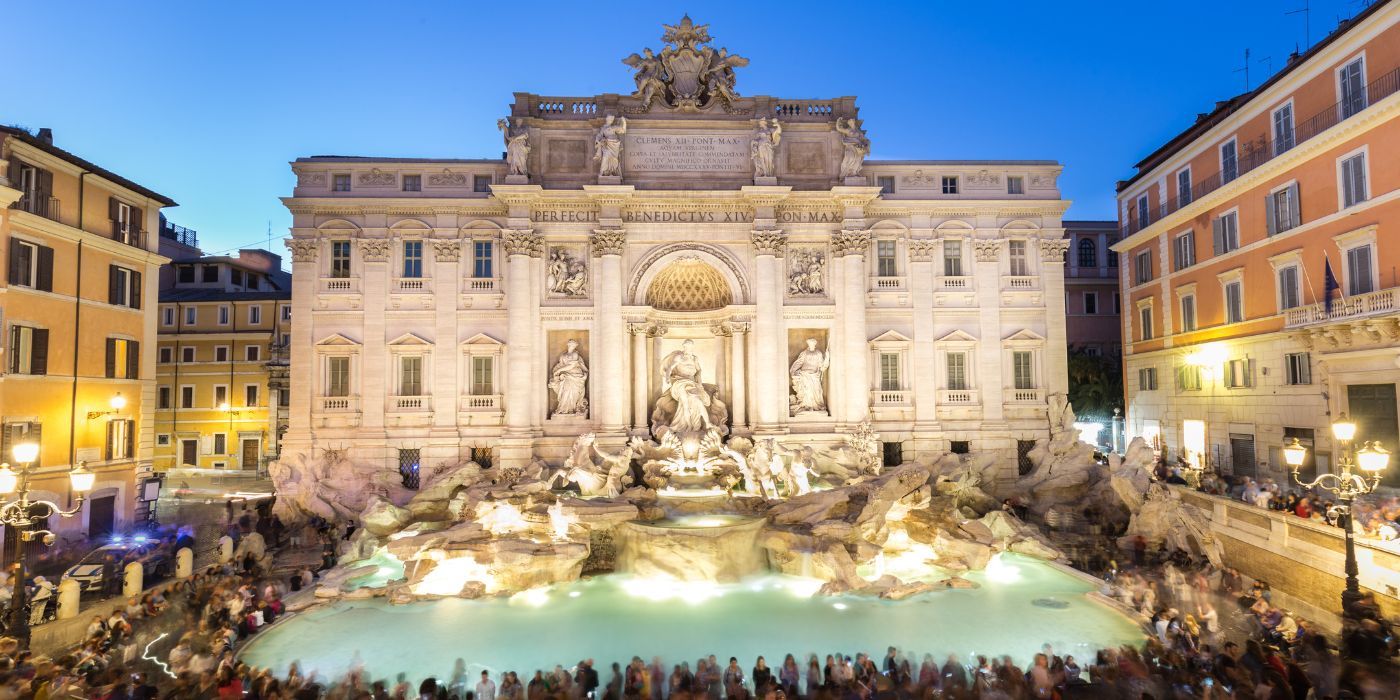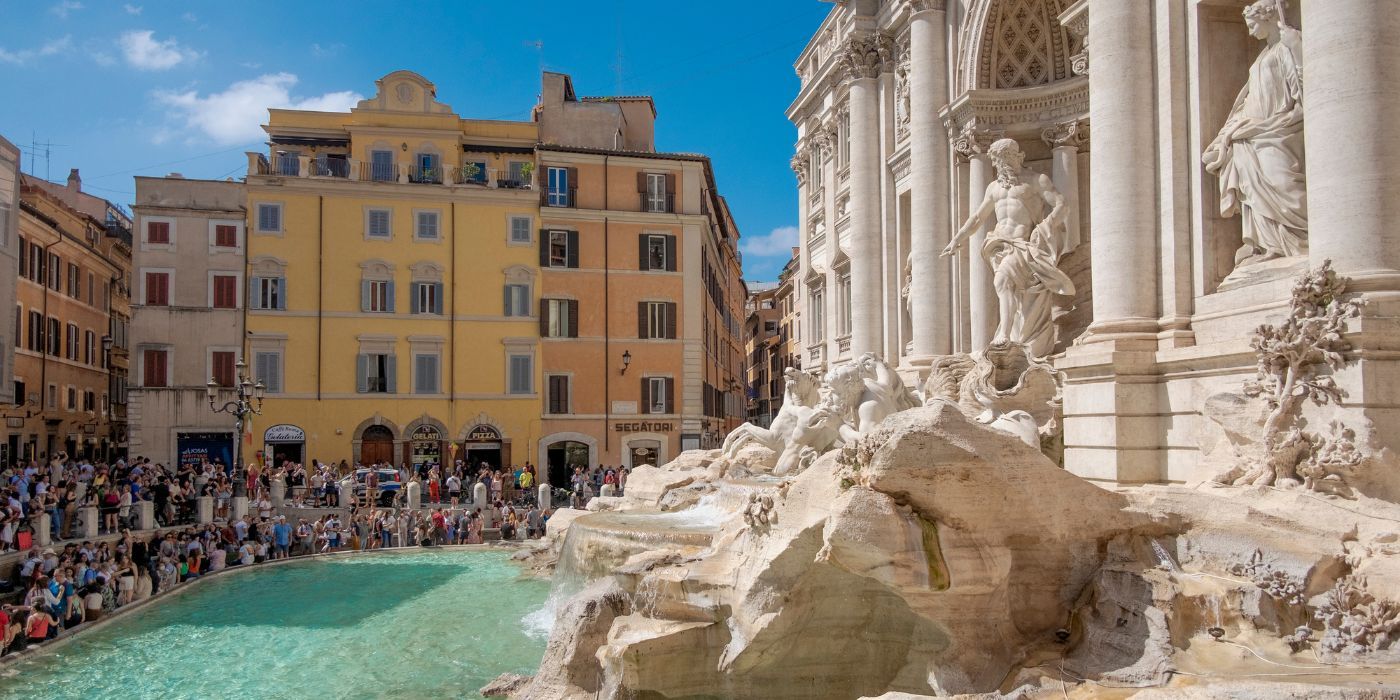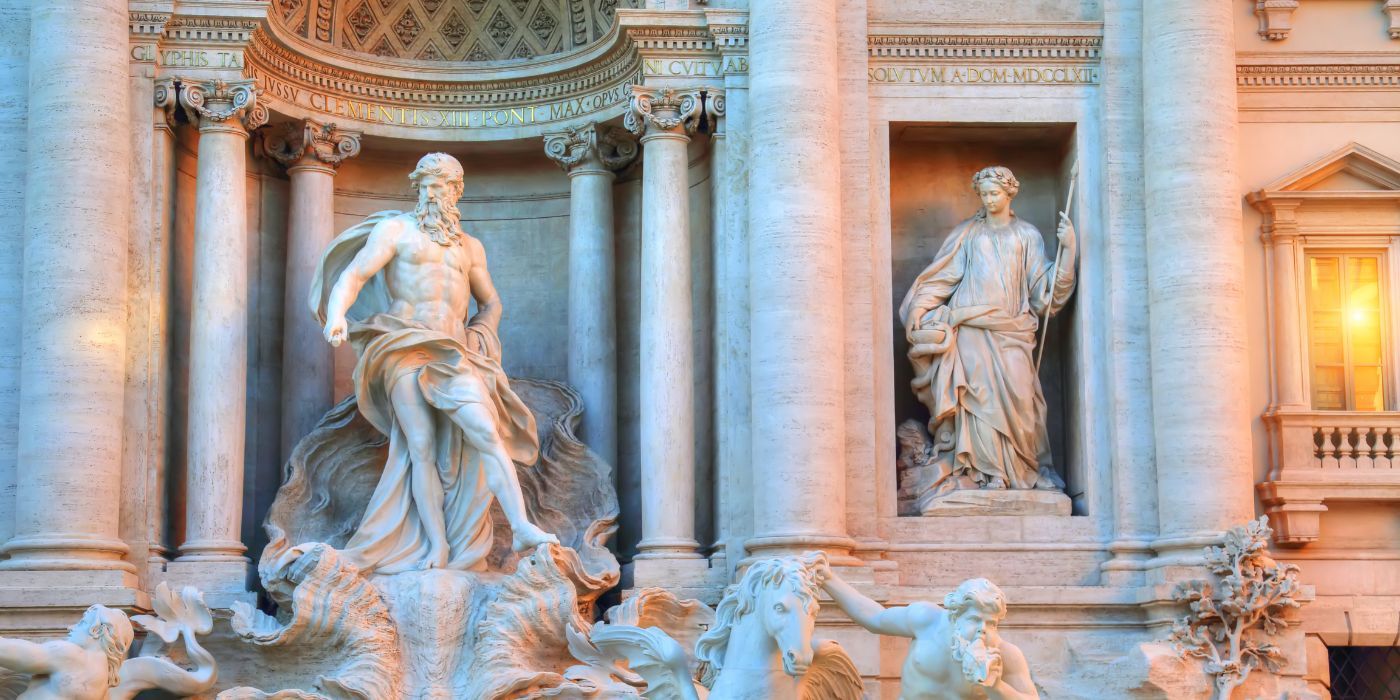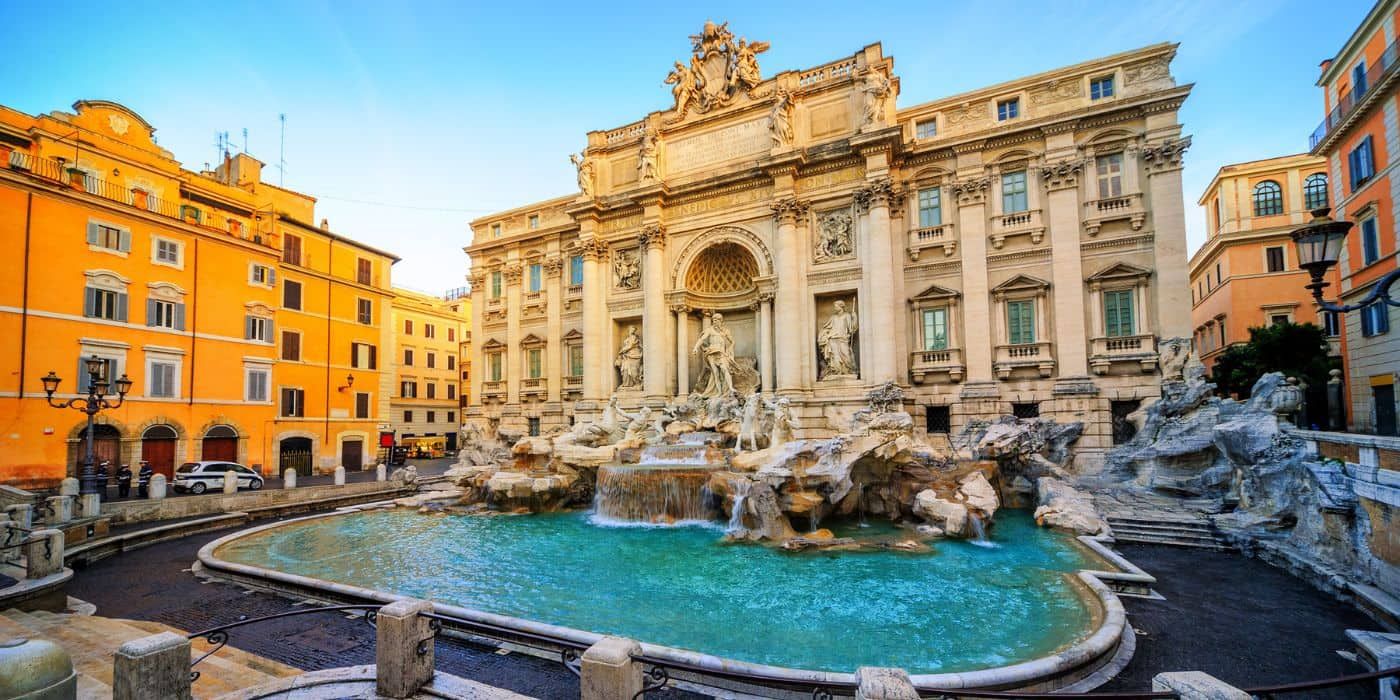You're in the heart of Rome, enveloped by the chatter of tourists and the charm of ancient alleys, when suddenly, in all its majesty, the Trevi Fountain appears. This timeless symbol of beauty and art has captivated generations of travelers, yet today, something is about to change. One of the most beloved monuments of the capital, traditionally open to everyone, will soon become subject to limited admission, on the occasion of the Jubilee 2025, and in the future perhaps subject to a fee.
The decision, perhaps surprising to some, stems from the need to protect such an architectural gem from overtourism. Every year, thousands of coins are thrown into its clear waters—a ritual laden with wishes and hopes—but preserving its splendor demands constant care and attention. The Municipality of Rome and the Ministry of Cultural Heritage have thus decided that to continue to make the Fountain shine it will be necessary to monitor the influx, also estimating that for the Holy Year as many as 35 million pilgrims are expected in the city.
This news, poised to usher in a new era for one of the world’s most visited sites, evokes mixed emotions. On one hand, there's a duty to safeguard an invaluable heritage, and on the other, a sense that free access to one of the Eternal City’s prime landmarks is being restricted.
But what will it really means? Let's discover together the details and implications of this important news.

The new regulation: the introduction of the limited number at the Trevi Fountain

It’s hard to imagine strolling through Rome without stopping in front of the Trevi Fountain, where art, history, and dreams converge. But with the new regulation foreseen by the Jubilee 2025, the relationship between visitors and the extraordinary monument could change.
The question arises: why make it limited in number and perhaps charge for access to a place that has always been freely accessible? In recent years, the number of tourists has surged, putting pressure not only on the Fountain (which receives an average of 10-12 thousand visitors per day) but also on the entire historic center of Rome.
This initiative stems from the need to preserve the Trevi Fountain from daily wear and tear and ensure its maintenance for future generations, even in light of unpleasant episodes that have occurred over time.
Access to the Trevi Fountain for Jubilee 2025

When introduced, the entrance fee will not be excessive, but will have the dual purpose of reducing crowding and ensuring that only those who truly wish to admire the Fountain up close can do so. All in all, a better and definitely less chaotic experience.
We are talking about a symbolic sum (a few euros) which, however, could make a difference in the protection of such a work of art. However, it remains a step to be evaluated during the new year, perhaps after three or four months.
For the time being, with the start of the Jubilee in 2025, there will be no turnstiles or closures or reservations or time slots, but a cordon managed by the administration will suffice, supervising the presence of visitors in the lower part of the Fountain until the maximum capacity is reached and waiting for them to exit to let new visitors in. It is forbidden to consume food but it is permitted to sit down and admire the fountain.
Furthermore, the extraordinary maintenance work started in recent months will act as a "test bed" for the planned quota: the monument, in fact, will remain visitable thanks to the installation of a temporary horseshoe-shaped walkway inside the basin (precisely, with a limited number of visitors) from which tourists will be able to see the sculptures from an unusual perspective and throw the coins into a special "basket".
History and Description of the Trevi Fountain

The origins of the Trevi Fountain date back to ancient Rome when the Aqua Virgo Aqueduct, completed in 19 B.C., delivered fresh water to the city. However, the Fountain’s current appearance is the result of work started in the 18th century. Pope Clement XII commissioned architect Nicola Salvi to design the masterpiece we admire today. Construction began in 1732 and was completed only in 1762, after Salvi’s death, by his successor Giuseppe Pannini.
The Fountain is a monumental work combining Baroque art and classicism, dominated by the figure of Oceanus, the sea god, emerging at the center on a grand chariot drawn by seahorses and guided by tritons. The rushing water symbolizes life’s continuous flow and renewal. Around him, allegorical figures and sculptural details tell mythical tales related to the sea and water as sources of life and prosperity.
Each element holds specific meaning: the horses represent water’s powerful and calm nature, while the side statues symbolize abundance and health, gifts brought by the aqueduct’s pure water. The sound of water cascading into the large basin below adds a magical touch and creates perfect harmony between nature and art.
About the author
Written on 06/11/2024




Flavia Cantini
Rome's timeless symbol, the Trevi Fountain, may soon require an entry fee. Discover what this change means for Jubelee 2025.